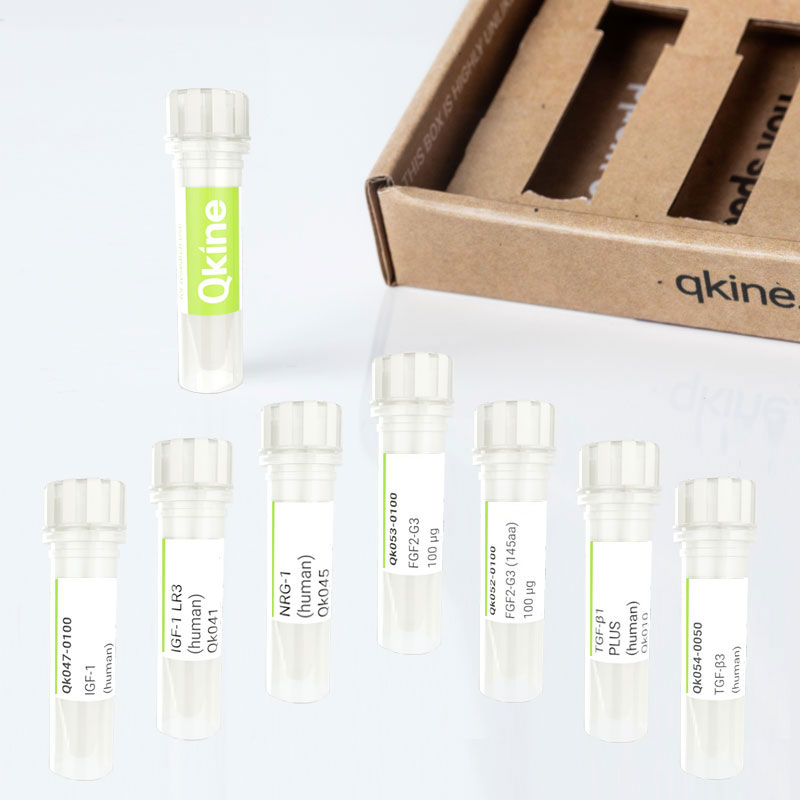B8 media discovery kit (Qk503)
For current hiPSC media comparison with B8 media to see if your cells can be maintained as efficiently while giving you the weekends off.
B8 hiPSC media, developed in the Burridge lab at Northwestern University, is growing in popularity thanks to its cost-effective and weekend-free cell culture credentials. B8 medium is a thermostable version of Essential 8 Medium. It is xeno-free and feeder-free medium for the growth and expansion of human pluripotent stem cells.
The B8 media Discovery kit allows the optimization of the published B8 recipe, including modified versions with higher concentrations of TGF-β1/3 (1 or 2 ng/ml), to evaluate how concentrations affect the expression of pluripotency markers. Compare B8 media with current hiPSC media to evaluate whether your cells can be maintained as efficiently with weekend-free culture.
Qkine is committed to manufacturing bioactive proteins of the highest quality to enhance scientific outcomes and improve reproducibility. To ensure absolute reproducibility and optimize scientific outcomes, all our products rigorously adhere to the Nine-point Qkine Quality Commitment.
This product is only available on orders direct from Qkine. Distributors and resellers of Qkine products are not eligible.
This products is for research use only and not for diagnostic or therapeutic use.
This product is not for resale.
No additional discount promotion can be applied to the price of the Discovery Kit.
Other restrictions may apply.
Any questions relating to this product should be submitted to customerservice@qkine.com.



What others are saying
There are no contributions yet.